Enabling NFC based payments for Closed-Loop Wallets
8 May 24 

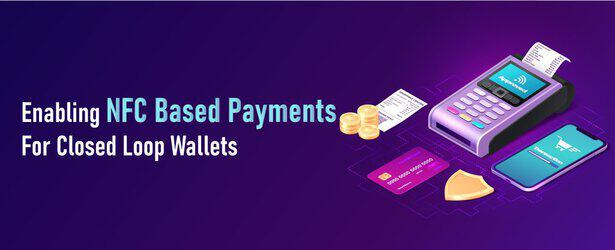
NFC-based payments have been getting good acceptance recently, especially due to the ease of use for the customers. Applications like G-Pay, Apple Pay, and Samsung Pay are providing in-built apps with seamless user experience, which has helped to increase the popularity and acceptance of NFC Payments. [RN1] [RN2]
In general, Only authorized banks or parties can generally use NFC Payments, especially with iPhones.. This is restricting the possible use cases across various businesses and the huge potential that NFC as a system provides[RN3] .
Let’s consider systems that maintain Closed loop wallets. Closed-loop wallets refer to enterprises or companies that collect funds from customers and provide services or offerings in return, with the funds stored and deducted within their closed ecosystem.
You cannot withdraw or transfer money deposited into these wallets under any circumstances, and it remains within the system.. This creates a closed loop where customers can only utilize their stored funds for purchases or services provided by the company operating the wallet.
Business Case
- A merchant who caters to multiple services for the customer. Customers can recharge their E-Wallet and use it to avail themselves of multiple services.
- The Merchant plans to set up P2P wallet transfers within the customers of their ecosystem.
- Merchant would like to introduce NFC-based On-tap P2P transfers between the End-User.
- Current payment solutions require high amounts [RN6] of compliance requirements, which an SME merchant will find difficult .
- How can the Merchant solve this issue?
Also Read: How can Near-Field Communication (NFC) be Used in Healthcare?
NFC in Android & iOS
Most middle and high-end devices these days provide NFC capabilities. Android & iOS platforms provide their own approaches and ecosystem of products with respect to NFC based communications. While Android has taken a more open and accommodating approach, iOS is a bit conservative. With Android NFC SDK, we can develop custom applications with custom behaviour, tapping the potential of NFC to a very good extent. IOS doesn’t allow developers to customize NFC parameters for custom requirements. A developer cannot develop an iOS application that can write custom NFC code for the NFC tag available on an iPhone. It is essential to use the Pass Kit framework by Apple to capture information via NFC in listen mode, but it restricts users from writing information. Amid this limitation that iPhones have, we came across the requirement from one of our clients to enable internal wallet transactions using NFC. We formulated a possible workaround solution for the same.
NFC Wallet Payment Solution Approach
Android or iOS are the most widely available and used mobile operating systems for P2P transactions via mobile apps. The transactions can occur in the following combinations:
- Sending payment from Android/iOS to Android
- Sending payment from Android to iOS
- Sending payment from iOS to iOS
Let us investigate each of these scenarios below in detail.
Transaction from Android/iOS towards Android POS
The process for transactions with the Android POS App as the recipient is straightforward. The process is as follows:
- When requesting payment, the NFC emit mode will To request a payment, the user will enable NFC emit mode in the Android Merchant App.
- In the customer App interface, the user will click the NFC transaction button, prompting a “Tap and Pay” pop-up that instructs them to tap their device on the merchant’s device.
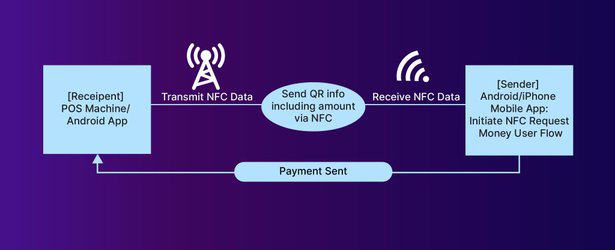
- Once the user taps the merchant’s device, the Merchant App emits and transfers data in NDEF format, which the customer’s device detects and processes.
- The data will include merchant information and payment amount.
- The system will prompt the user to confirm the transaction, and upon their approval, it will process the payment.
Sending payment from Android/iOS to iOS
The ideal approach is to enable the Merchant Android App’s data-emitting facility for NFC. However, if the Merchant uses an iPhone, this will not work. iPhones don’t allow us to transmit custom NDEF data using NFC. We only have the option to receive the NDEF format data on iPhones. This will make things tricky.
An alternative solution for this requirement is to possibly mimic front-end behavior, and in the backend make use of additional API calls to perform the process.
Following are the changes that are required to implement the solution:
- The receiving POS device must remain in receive mode rather than emitting payment data.
- The User Android App needs to send user information using NFC.
- The Merchant App will trigger an API call to the Server, including user and payment information.
- The system will send a notification to the user app for verification and confirmation based on the data provided.
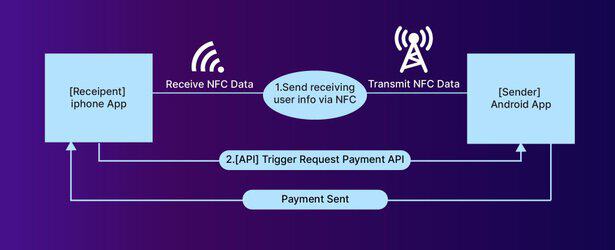
This model, however, possesses a drawback for iPhone users. iPhone users can’t emit their data since Apple disables custom data emitting as of the writing of this article.
Alternate Solution
We can use the Pass Kit Framework to access Apple Wallet functionalities. We can create Custom Cards using APIs provided by Apple’s Pass kit framework APIs. These cards will act as a user-identifying NFC Card. The Tap n Pay facility enable user information to pass to the Merchant App. The solution diagram is shown below.

Conclusion
In conclusion, the potential of NFC-based payments is vast. While platforms like Android offer flexibility, allowing for custom applications and behaviors, iOS is more conservative, limiting the ability to customize NFC parameters for custom requirements.
Despite these limitations, rest assured that we can formulate solutions to enable various services using NFC. In essence, while there are challenges to overcome, particularly with iOS devices, NFC presents a promising and innovative solution for enabling easy, quick, and secure payments for businesses using closed-loop wallets. As technology continues to evolve, it’s likely that we’ll see even more groundbreaking solutions to these challenges, further expanding the potential of NFC payments.
It’s an exciting time for businesses and customers as we move towards a future where digital wallets and contactless payments become increasingly integrated into our everyday lives. The key to success will be in developing solutions that not only leverage the capabilities of NFC technology but also meet the unique needs and constraints of businesses and their customers.
This article has explored some of the possibilities and challenges in this area, providing a foundation for further exploration and innovation in NFC-based payments. The future of payments is here, and NFC technology is at the forefront of this revolution. Let’s embrace it and unlock its full potential.
- Android Development3
- Artificial Intelligence25
- Classified App3
- Custom App Development2
- Digital Transformation11
- Doctor Appointment Booking App13
- Dropshipping1
- Ecommerce Apps38
- Education Apps2
- Fintech-Apps34
- Fitness App2
- Flutter3
- Flutter Apps19
- Food Delivery App5
- Grocery App Development1
- Grocery Apps3
- Health Care7
- IoT2
- Loyalty Programs9
- Matrimony Apps1
- Microsoft1
- Mobile App Maintenance2
- Mobile Apps120
- Product Engineering4
- Progressive Web Apps1
- Saas Application2
- Shopify7
- Software Development1
- Taxi Booking Apps7
- Truck Booking App5
- UI UX Design8
- Uncategorized4
- Web App Development1







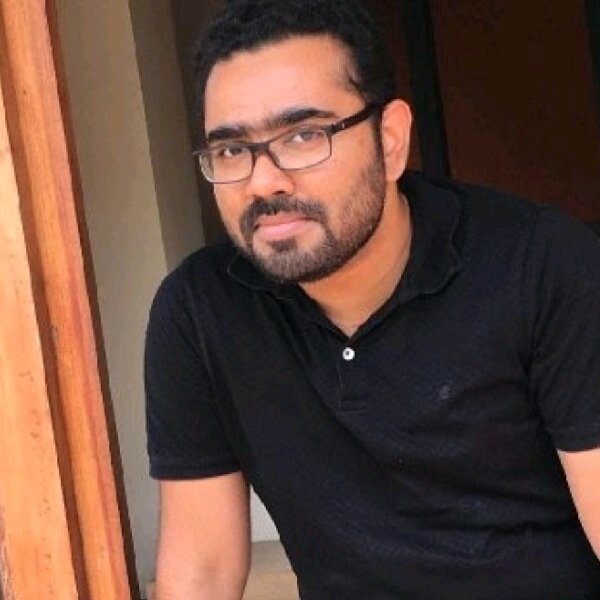

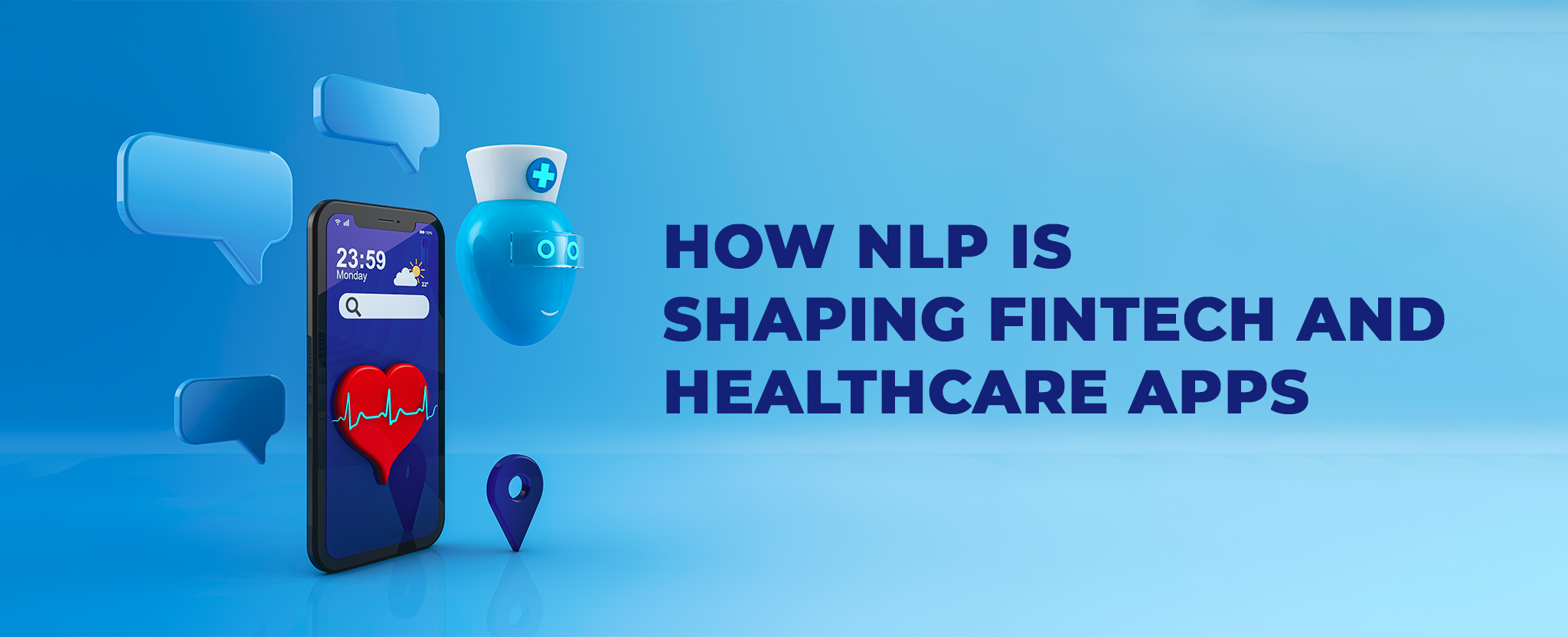

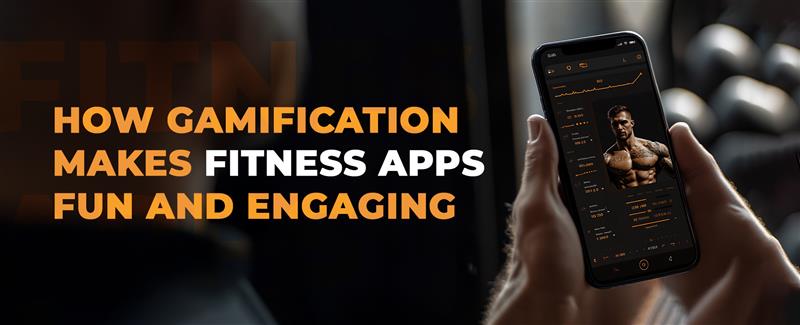







Comments